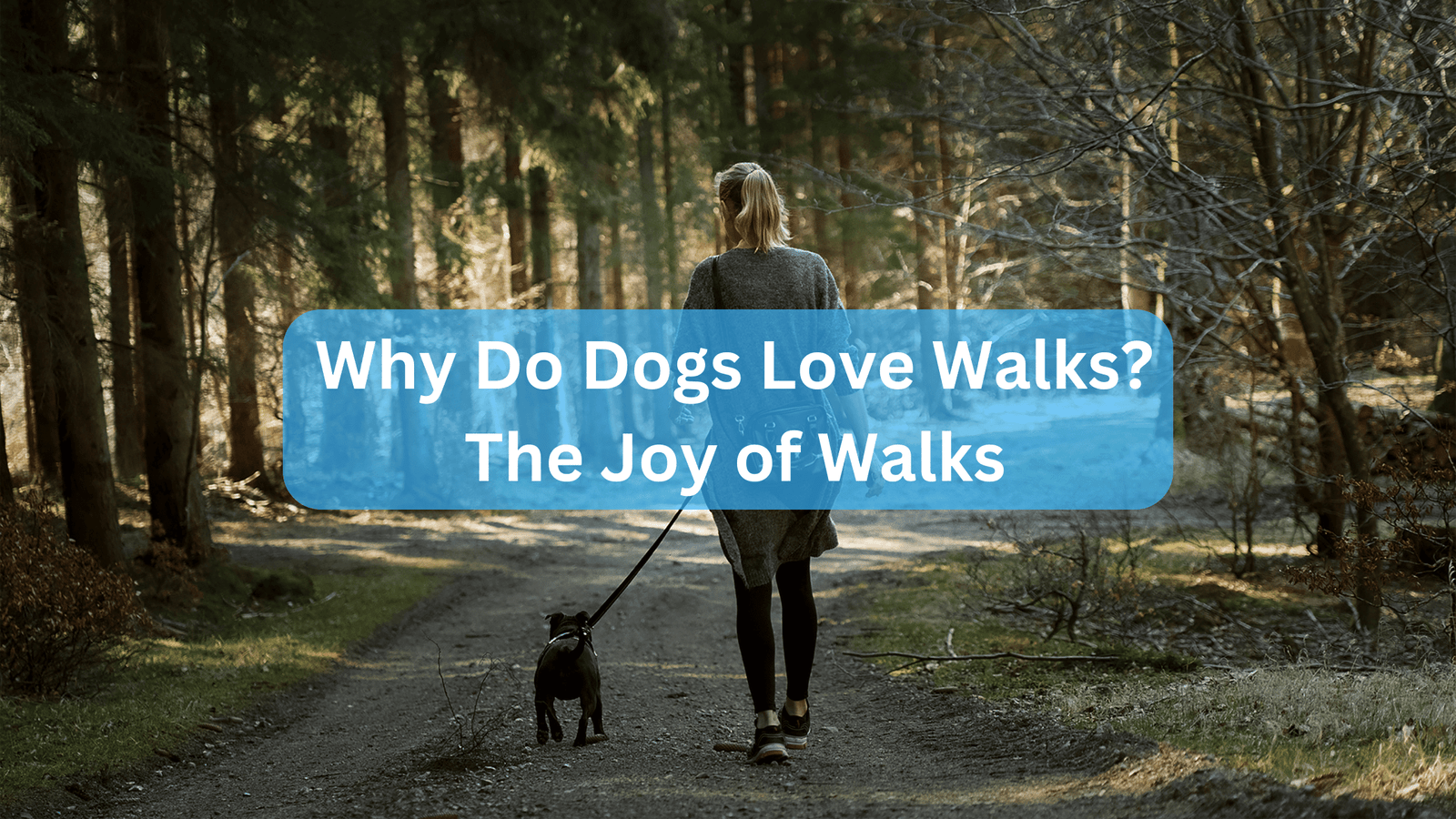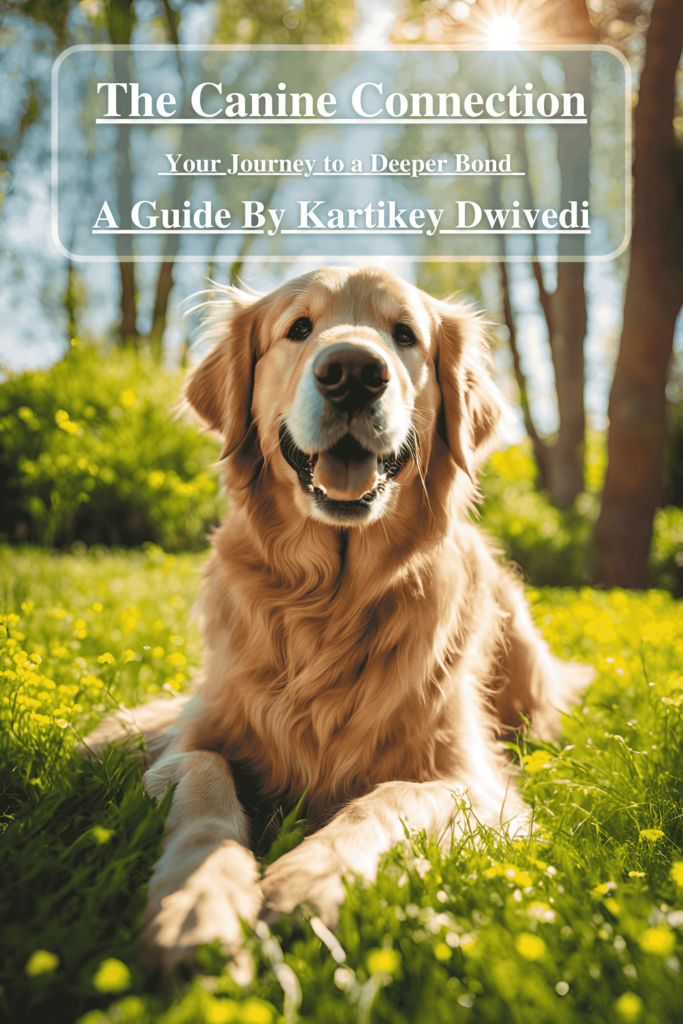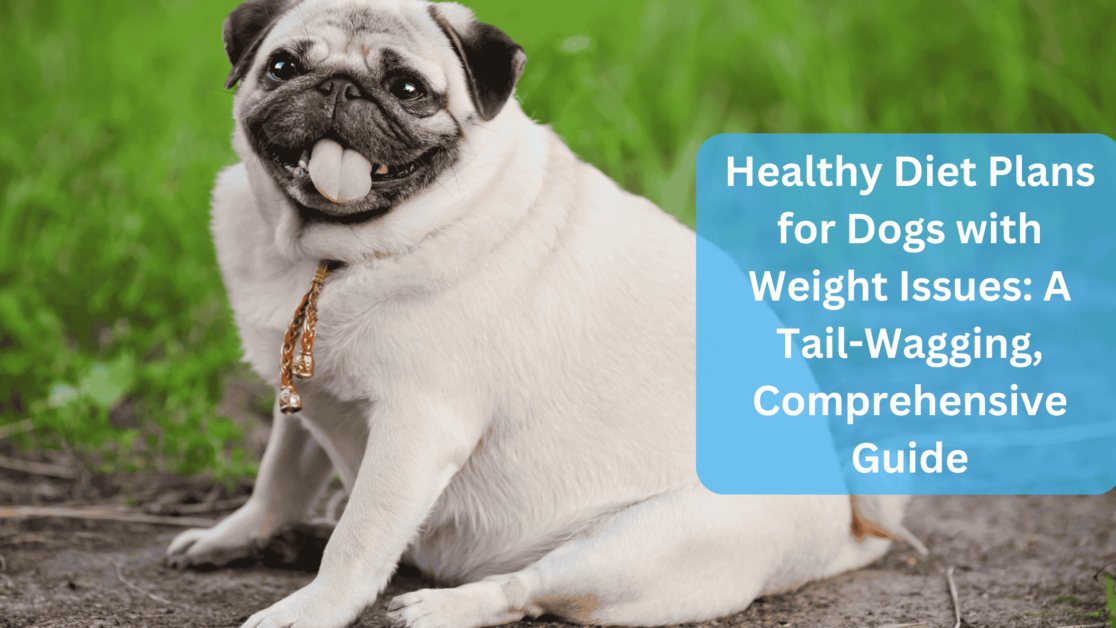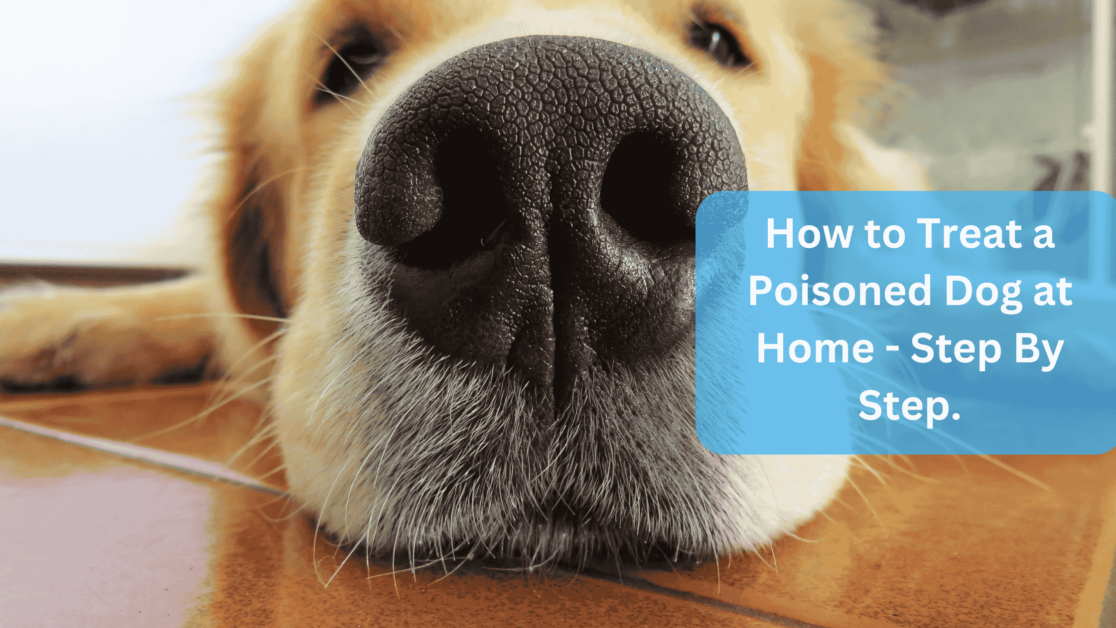Dogs are known for their boundless energy and enthusiasm, especially when it comes to walks.
For many dog owners, the sight of their furry friend getting excited at the mere mention of a walk is a familiar and heartwarming scene.
But why do dogs love walks so much? Understanding the reasons behind this behavior can enhance the bond between dogs and their owners while ensuring that both parties enjoy the experience.
Why Do Dogs Love Walks?
1. Instinctual Behavior
Walking is a natural instinct for dogs, rooted in their history as pack animals. In the wild, dogs would roam vast distances to hunt, explore, and socialize.
This instinct remains in domesticated dogs, making walks an essential outlet for their natural behaviors.
A walk allows dogs to engage their senses, explore their environment, and fulfill their instinctual need for movement.
2. Physical Exercise
Regular walks are crucial for a dog’s physical health. Exercise helps maintain a healthy weight, strengthens muscles, and improves cardiovascular fitness.
Dogs that do not get enough exercise are at risk of obesity, which can lead to various health issues, including joint problems, diabetes, and heart disease.
Walking provides a simple yet effective way to ensure dogs stay active and healthy.
3. Mental Stimulation
Walks provide dogs with mental stimulation that is just as important as physical exercise.
During a walk, dogs encounter various sights, sounds, and smells that engage their senses and stimulate their minds.
This mental engagement is vital for their overall well-being, helping to reduce boredom and prevent destructive behaviors at home.
Exploring new environments during walks can also enhance a dog’s confidence and adaptability.
4. Social Interaction
For dogs, walks are an opportunity to socialize. Meeting other dogs and people during walks helps dogs develop their social skills and learn appropriate behaviors.
This exposure can be especially beneficial for puppies, as it helps them build confidence and learn how to interact with other animals and humans.
Additionally, walking with their owners strengthens the bond between dogs and their humans, fostering a sense of companionship and trust.
5. Emotional Well-Being
Walking has a positive impact on a dog’s emotional health. Regular exercise helps reduce anxiety and stress in dogs, leading to a calmer demeanor.
The routine of daily walks provides structure and predictability, which can be comforting for dogs.
Moreover, spending quality time with their owners during walks allows dogs to feel secure and loved, further enhancing their emotional well-being.
6. Routine and Structure
Dogs thrive on routine, and regular walks provide a structured activity that they can look forward to.
This routine can help regulate their bathroom habits and prevent accidents in the house.
Establishing a consistent walking schedule can also contribute to a dog’s overall happiness and stability, making them feel more secure in their environment.
Why Do Dogs Get Excited for Walks?
Dogs often display excitement at the prospect of going for a walk due to their instinctual drive to explore and socialize.
The anticipation of new sights, smells, and experiences triggers their excitement, making them eager to get outside.
How Often Should I Walk My Dog?
Most dogs benefit from at least 30 minutes of walking each day. However, the ideal frequency and duration can vary based on the dog’s age, breed, and energy level.
Active breeds may require more exercise, while older or less active dogs may need shorter, more frequent walks.
Can Walking Help with My Dog’s Behavior Issues?
Yes, regular walks can help alleviate behavioral issues in dogs.
Regular exercise helps manage a dog’s energy levels, reducing the likelihood of hyperactivity and destructive behaviors by providing an outlet for their physical and mental needs.
Additionally, walks provide opportunities for training and socialization, which can further improve a dog’s behavior.
What Should I Bring on a Dog Walk?
When walking your dog, it’s essential to bring along items such as:
- Leash and collar or harness: For control and safety.
- Water: To keep your dog hydrated, especially on warm days.
- Plastic bags: For cleaning up after your dog.
- Treats: For training or rewarding good behavior during the walk.
Why Does My Dog Pull on the Leash?
Pulling on the leash can be a sign of excitement or eagerness to explore.
It can also indicate that your dog has not been trained to walk on a loose leash.
Training techniques, such as using a harness or practicing loose-leash walking, can help manage this behavior.
Also Read: Why Do Dogs Love Snow? – Discover Reasons & Safety Tips
Also Read: Why Do Dogs Like Socks? Uncover the Surprising Reasons!
Conclusion
Dogs love walks for a multitude of reasons, including their instinctual need for exercise, mental stimulation, social interaction, and emotional well-being.
Regular walks not only benefit dogs physically but also strengthen the bond between dogs and their owners.
By understanding the importance of walks, owners can ensure their furry friends lead happy, healthy lives filled with exploration and companionship.
Sources:
- https://welovepets.care/pet-tips/8-benefits-of-dog-walking/
- https://bluecrossvethospital.com/4-benefits-walking-dog/
- https://www.helpguide.org/articles/pets/health-benefits-of-walks-with-your-dog.htm
- https://southernstates.com/blogs/how-to-library/why-dogs-love-to-go-for-walks
- https://vcahospitals.com/know-your-pet/the-benefits-of-walking-your-dog
- https://www.orlandohealth.com/content-hub/why-walking-your-dog-is-good-for-your-health
- https://www.kcinsurance.co.uk/guides-and-advice/5-reasons-your-dog-loves-going-for-a-walk/
- https://wagwalking.com/behavior/why-dogs-like-walks
- https://www.helpanimals.co.uk/post/44-fun-activities-to-do-with-your-dog
- https://www.caninecampus.us/14-things-dogs-love-most-of-all
- https://www.thewildest.com/dog-behavior/dogs-love-walks-many-reasons
- https://animalfoundation.com/whats-going-on/blog/importance-walking-your-dog
- https://www.reddit.com/r/dogs/comments/pc3bf8/what_do_dogs_think_a_walk_is/
- https://www.pedigree.com/dog-care-articles/8-fun-indoor-activities-dogs
- https://www.care.com/c/101-things-to-do-with-your-dog/
- https://mynaturopet.com/blogs/pet-blog/10-things-dogs-love







